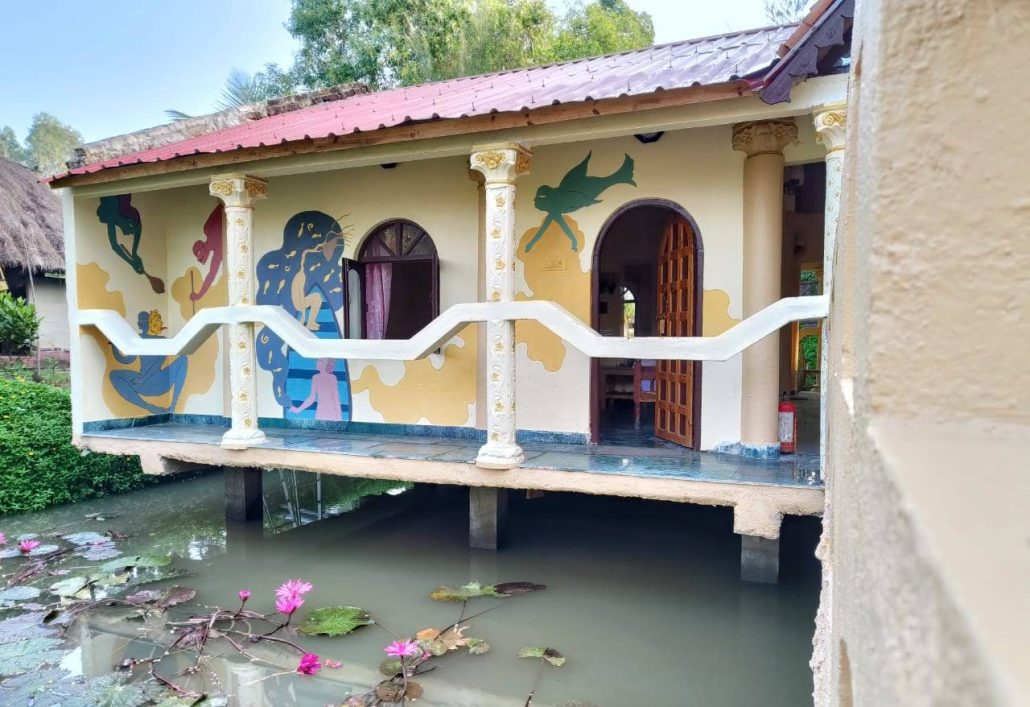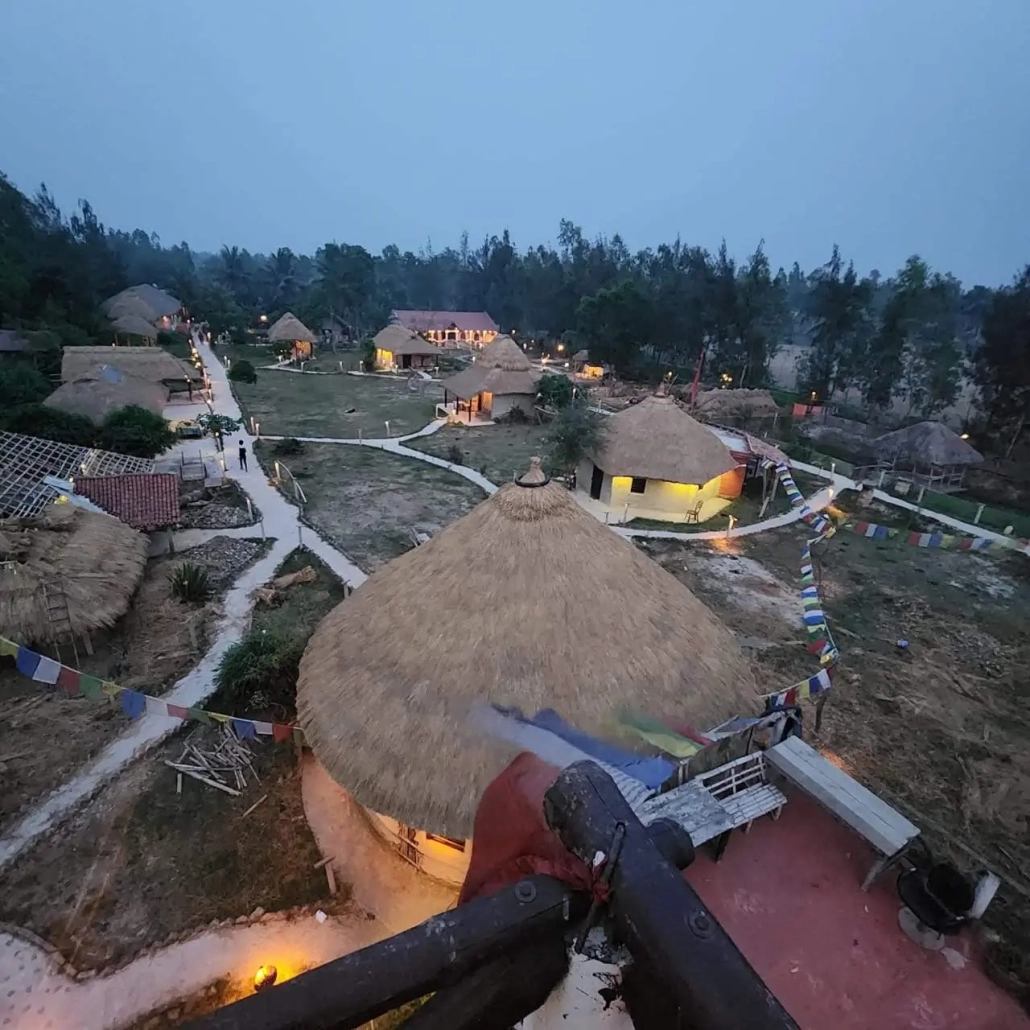Sustainable Tourism In Sundarban: How Your Visit Can Help Conserve Wildlife And Support Local Communities

Importance Of Sustainable Tourism In Sundarban
Tourism can provide economic opportunities for local communities, but it can also have negative impacts, such as cultural disruption and environmental degradation. Sustainable tourism can provide a source of income for local people while also preserving their cultural heritage and natural resources. By investing in community-led initiatives, such as homestays and local tours, tourism can benefit local communities while also promoting responsible travel practices.
Additionally, the economic benefits of Sundarbans tourism can help to alleviate poverty and improve the standard of living for local people. By providing alternative livelihoods, sustainable tourism can also reduce the pressure on natural resources and help to protect the environment.
Sustainable Tourism Initiatives In Sundarban
 Tour De Sundarbans is one of the top eco-friendly tour operators in Sundarbans that provides travelers with an unforgettable and responsible experience. They provide tours and activities that are designed to help preserve the Sundarban’s delicate ecosystem and promote sustainable tourism in the region. Another initiative is the Sundarban Tiger Reserve, which is home to the largest population of Bengal tigers in the world. The reserve is managed by the Forest Department and aims to protect the tiger population and their habitat. In addition to providing a source of income for local communities, tourism in the reserve supports conservation efforts and helps to raise awareness about the importance of tiger conservation.
Tour De Sundarbans is one of the top eco-friendly tour operators in Sundarbans that provides travelers with an unforgettable and responsible experience. They provide tours and activities that are designed to help preserve the Sundarban’s delicate ecosystem and promote sustainable tourism in the region. Another initiative is the Sundarban Tiger Reserve, which is home to the largest population of Bengal tigers in the world. The reserve is managed by the Forest Department and aims to protect the tiger population and their habitat. In addition to providing a source of income for local communities, tourism in the reserve supports conservation efforts and helps to raise awareness about the importance of tiger conservation.Challenges Of Sustainable Tourism In Sundarban
Despite the benefits of sustainable tourism, some challenges must be addressed. One of the biggest challenges is balancing the economic benefits of tourism with the need to protect the environment and wildlife. Sundarban is a fragile ecosystem, and tourism can cause damage if not managed properly. Additionally, there is a risk that tourism can displace local communities if they are not involved in the planning and implementation of tourism activities. Another challenge is the lack of infrastructure and resources, which can make it difficult to implement sustainable tourism practices.

Responsible Tourism Practices For Sundarban
- Limiting visitor numbers to avoid overcrowding and damage to sensitive areas.
- Promoting responsible waste management practices to reduce the impact of tourism on the environment.
- Supporting community-led initiatives to promote economic opportunities for local people.
- Encouraging visitors to respect local culture and traditions.
- Providing education and awareness-raising activities to promote responsible tourism practices.




